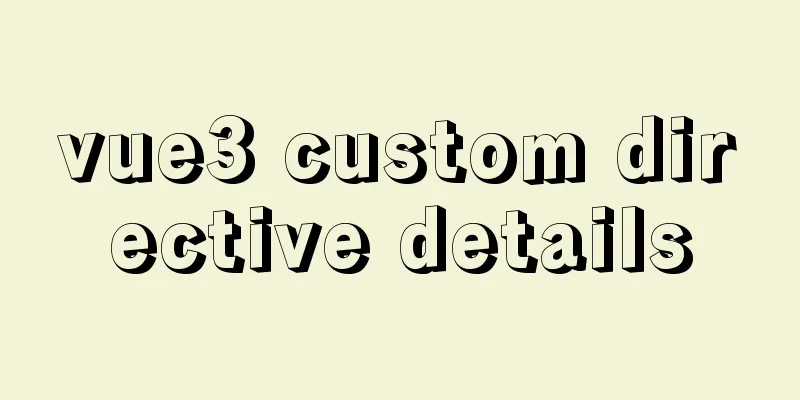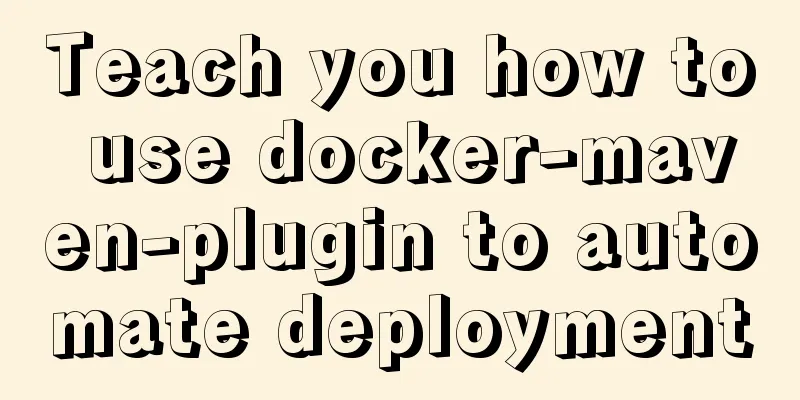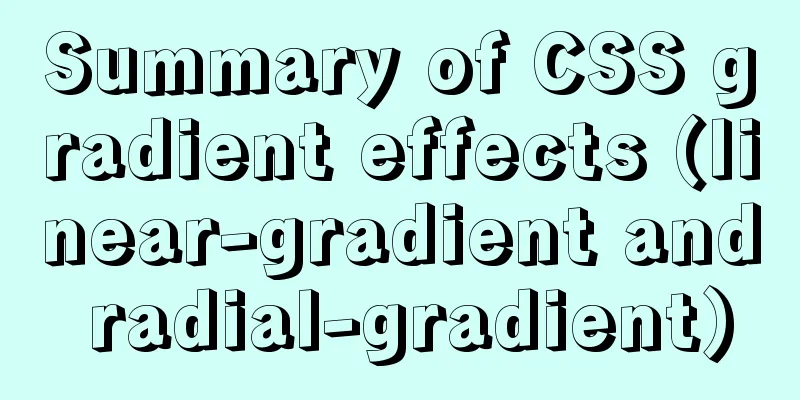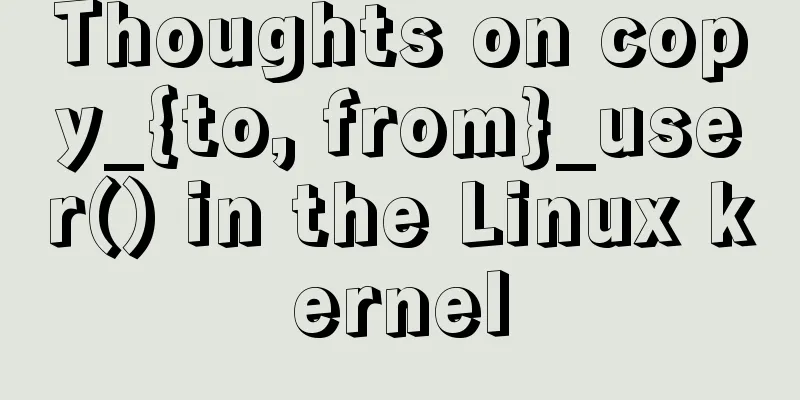vue3 custom directive details

1. Registering custom instructionsThe following examples are all custom instructions for implementing an input box to automatically gain focus. 1.1. Global custom instructions In vue2, global custom directives are mounted on the Vue object through Example 1 : Vue2 global custom instructions
Vue.directive('focus',{
inserted:(el)=>{
el.focus()
}
}) In Example 2 : Vue3 global custom instructions
//Global custom directive app.directive('focus',{
mounted(el){
el.focus()
}
})
//Component uses <input type="text" v-focus />
1.2. Local custom instructions In a component, Example 3 : Local custom instructions
<script>
//Local custom instructions const defineDir = {
focus:
mounted(el){
el.focus()
}
}
}
export default {
directives:defineDir,
setup(){}
}
</script>
2. Lifecycle hook functions in custom instructionsA directive definition object can provide the following hook functions (all optional and introduced as needed)
Example 3 : Test the execution of lifecycle functions within instructions
<template>
<div>
<input type="text" v-focus v-if="show"><br>
<button @click="changStatus">{{show?'Hide':'Show'}}</button>
</div>
</template>
//Local custom instructions const autoFocus = {
focus:
created(){
console.log('created');
},
beforeMount(){
console.log('beforeMount');
},
mounted(el){
console.log('mounted');
},
beforeUpdated(){
console.log('beforeUpdated')
},
updated(){
console.log('updated');
},
beforeUnmount(){
console.log('beforeUnmount');
},
unmounted(){
console.log('unmounted');
}
},
}
import { ref } from 'vue'
export default {
directives:autoFocus,
setup(){
const show = ref(true)
return {
show,
changStatus(){
show.value = !show.value
}
}
}
}
By clicking the button, we find that when an When However, At this point, if we change From vue2 to vue3, the lifecycle hook function of custom instructions has changed. The specific changes are as follows:
3. Parameters of custom instruction hook functionThe hook function is given the following parameters:
The properties contained in binding are:
<template>
<div>
<div v-fixed >positioning</div>
</div>
</template>
<script>
//Custom instruction dynamic parameters const autoFocus = {
fixed:
beforeMount(el,binding){
console.log('el',el)
console.log('binding',binding)
}
}
}
export default {
directives:autoFocus,
setup(){
}
}
</script>4. Custom command parametersCustom instructions can also have parameters, which can be dynamic and updated in real time based on component instance data. Example 4 : Customizing dynamic parameters of instructions
<template>
<div>
<div v-fixed:pos="posData" style="width:100px;height:100px;background:grey">Positioning</div>
</div>
</template>
<script>
//Custom instruction dynamic parameters const autoFocus = {
fixed:
beforeMount(el,binding){
el.style.position = "fixed"
el.style.left = binding.value.left+'px'
el.style.top = binding.value.top + 'px'
}
}
}
export default {
directives:autoFocus,
setup(){
const posData = {
left:20,
top:200
}
return {
posData,
}
}
}
</script>When do you need custom directives?
This is the end of this article about the details of vue3 custom instructions. For more relevant vue3 custom instructions, please search for previous articles on 123WORDPRESS.COM or continue to browse the related articles below. I hope everyone will support 123WORDPRESS.COM in the future! You may also be interested in:
|
<<: The role and methods of information communication in website visual design (picture and text)
>>: Summary of pitfalls in virtualbox centos7 nat+host-only networking
Recommend
jQuery realizes the sliding effect of drop-down menu
When we make a web page, sometimes we want to hav...
HTML+CSS to achieve simple navigation bar function
Without further ado, I'll go straight to the ...
Several popular website navigation directions in the future
<br />This is not only an era of information...
Delete the image operation of none in docker images
Since I usually use the docker build command to g...
How to change the domestic source of Ubuntu 20.04 apt
UPD 2020.2.26 Currently Ubuntu 20.04 LTS has not ...
MySQL backup and recovery design ideas
background First, let me explain the background. ...
Implementation of k8s deployment of docker container
Environment: (docker, k8s cluster), continue with...
Detailed explanation of the use of vue-resource interceptors
Preface Interceptor In some modern front-end fram...
Detailed explanation of the principles and usage examples of MySQL join query, union query, and subquery
This article uses examples to illustrate the prin...
Specific usage of fullpage.js full screen scrolling
1.fullpage.js Download address https://github.com...
CSS style reset and clear (to make different browsers display the same effect)
In order to make the page display consistent betwe...
Detailed explanation of importing/exporting MySQL data in Docker container
Preface We all know that the import and export of...
Continuous delivery using Jenkins and Docker under Docker
1. What is Continuous Delivery The software produ...
In-depth explanation of the various methods and advantages and disadvantages of JavaScript inheritance
Table of contents 1. Prototype chain inheritance ...
The use of MySQL triggers and what to pay attention to
Table of contents About Triggers Use of triggers ...









